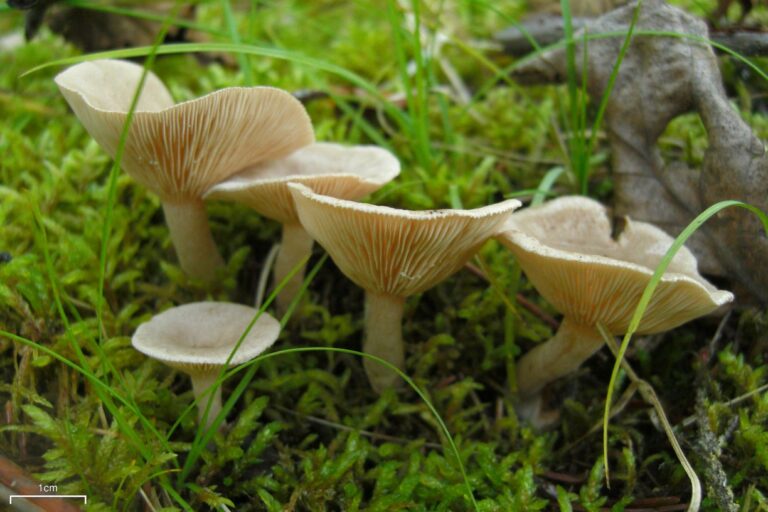(Anthyllis vulneraria)
Gaelic: meòir-Mhoire

By Sarah Bird, Project Officer, Species on the Edge, North Scotland Coast, working for Plantlife
Kidney vetch is a common plant with cheerful yellow flowers, that can be seen all around the UK coast in summer. It is in the pea family, so the individual flowers are shaped like sweet pea flowers if you look very closely.

How to look/what to look out for
Kidney vetch has clusters of yellow flowers in a woolly clover-like head. There are leafy bracts right under the flowers, and a long flower stem. The grey-green silky leaves are pinnate in shape and pale underneath. Flowers can vary in colour from bright to pale yellow, and occasionally orange. It grows in a low clump that can spread over the ground.


Where and when to look
Look for Kidney vetch from May to September growing in sand dunes, on cliffs and stony waste places, on road sides and in quarries. It likes a dry, sunny spot.
Disused quarries and stone spoil heaps around Castletown are a good place to see Kidney vetch in Caithness. It grows in patches along most of the coast of Caithness and Sutherland. Interestingly, it seems to grow really well along the edges of footpaths and carparks where continuous disturbance keeps other plants away. Have a look around the Dunnet Forest carpark.


Fascinating facts
Kidney vetch is a very important plant for wildlife. The flowers provide nectar and pollen for beetles and bees. The leaves are eaten by a number of beetle and moth larvae. Most importantly, Kidney vetch is the sole food plant for the caterpillars of the rare Small blue butterfly. The Small blue female lays one egg in each flower, and the larvae eat the developing seeds.



Kidney vetch was used in traditional medicine to relieve swelling, heal wounds, and to treat stomach and, unsurprisingly, kidney problems. Part of the latin name – vulneraria means “wound healer”. The flowers can also make a yellow dye.
At Caithness Show last year I was told that Ladies fingers is a local name for Kidney vetch, because the flowers look like yellow fingers peeping out of woolly gloves. Also known as ‘woundwort’ because of its medical uses. If you have another name for this plant please do share..
Plant Pioneer
Kidney vetch is called a pioneer plant. This means it is one of the first plants to colonise bare, infertile and disturbed ground. Around northern Scotland it grows on sand in dune systems, on cliffs (especially where they are eroding away), on waste ground and stone piles from quarries. However, as soil develops and fertility increases kidney vetch can be pushed out by other more vigorous plants like grasses. So, in many situations the presence of Kidney vetch is temporary, and it needs new disturbance and bare ground to persist. This happens naturally on cliffs as they erode. It is also natural in sand dune systems, so long as the sand is allowed to move and changing dunes are not restricted by human development, like roads, around them.
Habitat management in the Castletown area by Caithness Environment Volunteers helps to keep Kidney vetch thriving, and protect the fragile Small blue butterfly population.
What you can do?
- Please send records of where you have seen kidney vetch in Caithness and Sutherland – you can put details in here. And do tell us if you see Small Blue butterflies nearby too.
- Consider growing this plant in your garden. Kidney vetch is ideal in a bee and butterfly border, on a rockery or at the edge of paths. It just needs a well-drained, sunny spot. Species on the Edge are encouraging people to grow kidney vetch from seed. Contact Louise.senior@plantlife.org.uk for more information.
Photos from Mary Legg and Butterfly Conservation






